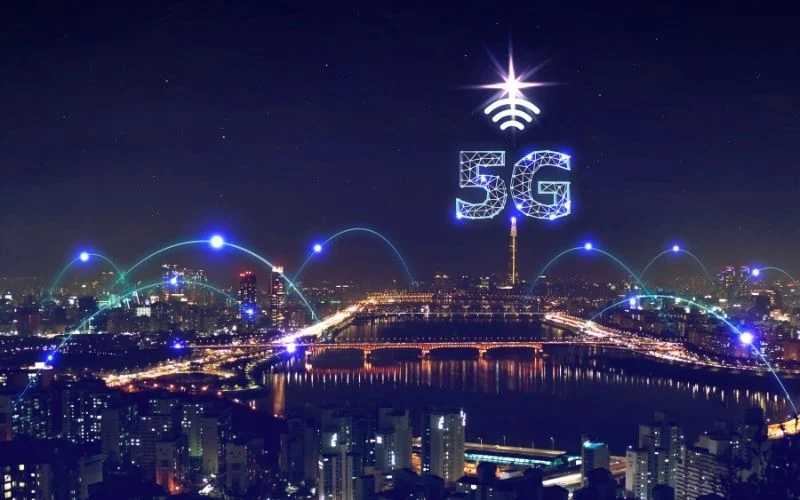5G is the fifth generation of mobile telecommunications technology. 5G will offer network speeds 100 to 1000 times faster than what most people have today, a big leap from 4G LTE.
{getToc} $title={Table of Contents}
1. Low latency
5G cellular network technology ideally operates in the millimetre radio frequency spectrum in the 30 GHz to 300 GHz range. In this frequency spectrum, 5G networks are able to transmit large amounts of data at once with minimal latency.
Latency itself is a term to describe the speed of data transmission per second, usually in milliseconds (ms). The lower the latency generated by a cellular network, the faster the data is received and processed by the device.
5G networks can produce lower latency than 4G, which ranges from 1 ms to 10 ms. Meanwhile, the latency of the 4G network is still in the range of 20 ms to 30 ms.
2. Large connection capacity
Quoted from CIO, users of this frequency spectrum allow 5G networks to have large connection capacities with minimal interference. The 5G network can propagate stably even when there are obstacles such as walls or tall buildings.
Then, the 5G network is also estimated to be able to use up to one million devices per 1 square kilometre. This means that internet connection disruptions due to too many users in one area can be minimized by the 5G network.
3. Powering various tools in one device
With the advantages of the 5G network , both in terms of latency and connection capacity, it is possible to use it to move several devices at once using one device or known as the IoT (Internet of Things) concept. Networks with low latency and large connection capacity are needed to scale up IoT.
For now, perhaps the simplest IoT is the smart home, which allows users to move home appliances, such as lights, refrigerators, or rice cookers, simultaneously via a smartphone screen.
With the presence of the 5G network, devices that can be connected and operated via a single device will be larger and have far more coverage. The 5G network makes it possible to connect and operate devices in one city or known as a smart city.
4. Real-time interaction
The next 5G fact is that this network can be used to interact in real - time through virtual reality (VR) or augmented reality (AR) technology, thanks to its advantages.
The interaction process with VR or AR as in some platforms, such as when playing games or streaming 4K resolution video, can run smoothly, without any delays .
5. Energy saving
The 5G network's ability to transfer data up to 10 Gbps with low latency, makes the battery load on a single device less heavy. This means that users can minimize power usage so that they can be more energy efficient, by using the 5G network, as reported by Hannover Messe .
Although the 5G network has the "sweet" facts above, speaking of its optimal implementation, of course it still takes quite a long time. Here are 5 5G facts that you need to know, hopefully they will be useful.

